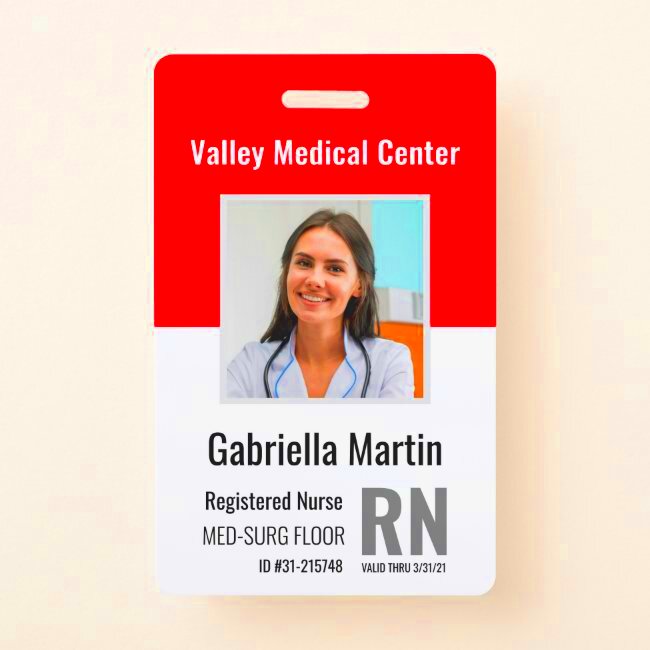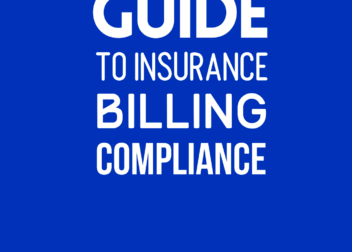Compliance Guidelines for Medical Staff ID Badge Laws
Medical staff ID badges are not just a requirement; they play a vital role in ensuring safety and security in healthcare settings. Compliance with ID badge guidelines is essential for hospitals and clinics to maintain a professional environment. This article will guide you through the important aspects of compliance regarding medical staff ID badges, focusing on their importance, legal requirements, and best practices.
Importance of Medical Staff ID Badges

Medical staff ID badges serve multiple purposes in a healthcare facility:
- Identification: They help identify healthcare professionals, ensuring patients and staff know who is who.
- Access Control: ID badges often include security features that grant access to restricted areas, enhancing safety.
- Professionalism: Wearing ID badges promotes a professional image and builds trust with patients.
- Compliance: Adhering to ID badge guidelines is often mandated by law, making them necessary for operational compliance.
Overall, having an effective ID badge system in place contributes to a secure and organized healthcare environment, ultimately benefiting everyone involved.
Legal Requirements for ID Badges
Understanding the legal requirements for medical staff ID badges is crucial for compliance:
- HIPAA Regulations: Badges should include only essential information to protect patient privacy.
- State and Federal Laws: Specific laws may dictate what information must be displayed on ID badges, such as name, title, and department.
- Facility Policies: Each healthcare facility should have its own policies that align with state and federal laws while reflecting its specific needs.
For effective implementation, it’s advisable to regularly review these legal requirements and ensure that all staff members are informed and trained on compliance.
Design and Information Standards for Badges
Creating effective ID badges involves more than just printing a name and photo. There are specific design and information standards that healthcare facilities should follow to ensure clarity and functionality. Here are some key elements to consider:
- Essential Information: Each ID badge should clearly display the following details:
- Name of the staff member
- Title and qualifications
- Department or area of specialization
- Photo for visual identification
- Readable Fonts: Use easy-to-read fonts and appropriate font sizes to ensure information is legible from a distance.
- Durable Materials: Badges should be made of durable materials that withstand daily wear and tear, including water and fading.
- Security Features: Consider incorporating security features like barcodes, QR codes, or RFID technology to enhance access control.
By adhering to these design and information standards, healthcare facilities can create ID badges that not only meet legal requirements but also foster a sense of trust and security within the environment.
Training and Awareness for Medical Staff
Training and awareness are essential for ensuring that medical staff understand the importance of ID badges and comply with the guidelines set forth. Here are some strategies to promote this awareness:
- Orientation Programs: Introduce ID badge policies during new staff orientation to establish their importance from the beginning.
- Regular Training Sessions: Conduct ongoing training to keep all staff updated on compliance requirements and security protocols related to ID badges.
- Visual Reminders: Use posters and infographics around the workplace to remind staff of ID badge policies and their significance.
- Encourage Reporting: Create an environment where staff feel comfortable reporting issues or violations regarding ID badges.
By investing in training and awareness, healthcare facilities can ensure that staff are not only compliant but also committed to maintaining a secure and professional environment.
Consequences of Non-Compliance
Failing to comply with ID badge regulations can lead to a range of consequences for both individuals and healthcare facilities. Understanding these potential repercussions is crucial:
- Legal Consequences: Non-compliance with state and federal laws may result in legal penalties, including fines or lawsuits.
- Security Risks: Inadequate identification can compromise patient safety, increasing the risk of unauthorized access to sensitive areas.
- Professional Reputation: A lack of adherence to ID badge policies can damage a facility’s reputation, leading to a loss of trust from patients and the community.
- Employment Consequences: Individual staff members may face disciplinary actions, including warnings or termination for repeated violations.
Overall, the consequences of non-compliance highlight the importance of following ID badge guidelines. Ensuring that all staff are informed and compliant helps to protect both patients and the facility.
Best Practices for Implementing ID Badge Policies
Implementing effective ID badge policies is crucial for maintaining a safe and secure healthcare environment. Here are some best practices to consider:
- Clear Policy Documentation: Develop comprehensive policy documents that outline the requirements for ID badges, including design, information standards, and compliance measures. Ensure that all staff members have access to this information.
- Regular Audits: Conduct regular audits of ID badge compliance to identify any issues or areas for improvement. This can include checking that all staff members are wearing their badges and that the badges meet the required standards.
- Involve Staff in the Process: Engage medical staff in discussions about ID badge policies. Their input can provide valuable insights and foster a sense of ownership and accountability.
- Use Technology: Consider implementing technology solutions like automated badge printing systems that can streamline the process and ensure compliance with design standards.
- Feedback Mechanism: Create a feedback mechanism where staff can voice concerns or suggestions regarding ID badge policies. This can help identify potential issues early and improve overall compliance.
By following these best practices, healthcare facilities can establish a robust ID badge policy that enhances security and promotes a professional atmosphere.
FAQs about Medical Staff ID Badge Compliance
To help clarify common questions regarding medical staff ID badge compliance, here are some frequently asked questions:
- What information must be included on ID badges? ID badges should display the staff member’s name, title, department, and a clear photo.
- Are there legal requirements for ID badges? Yes, there are various state and federal laws, including HIPAA, that dictate what information should be displayed to protect patient privacy.
- What should I do if I lose my ID badge? Report the loss immediately to your supervisor or the security department to prevent unauthorized access.
- How often should ID badges be updated? ID badges should be updated whenever there is a change in job title, department, or if the photo is outdated.
- What are the consequences of not wearing an ID badge? Failing to wear an ID badge can lead to disciplinary actions and may pose security risks within the facility.
These FAQs help clarify important aspects of ID badge compliance and encourage staff to stay informed about the guidelines.
Conclusion on Compliance Guidelines for Medical Staff ID Badges
In summary, compliance with medical staff ID badge guidelines is not just a regulatory requirement; it is essential for ensuring safety, security, and professionalism in healthcare settings. By understanding the importance of ID badges, adhering to legal requirements, implementing effective policies, and fostering a culture of awareness and compliance, healthcare facilities can create an environment where both staff and patients feel secure.
As we’ve discussed, the best practices for implementing ID badge policies and addressing common questions can significantly enhance compliance. It is vital for all medical staff to take these guidelines seriously, as the consequences of non-compliance can affect everyone involved.
By prioritizing ID badge compliance, healthcare facilities not only protect their staff and patients but also enhance their reputation within the community.


